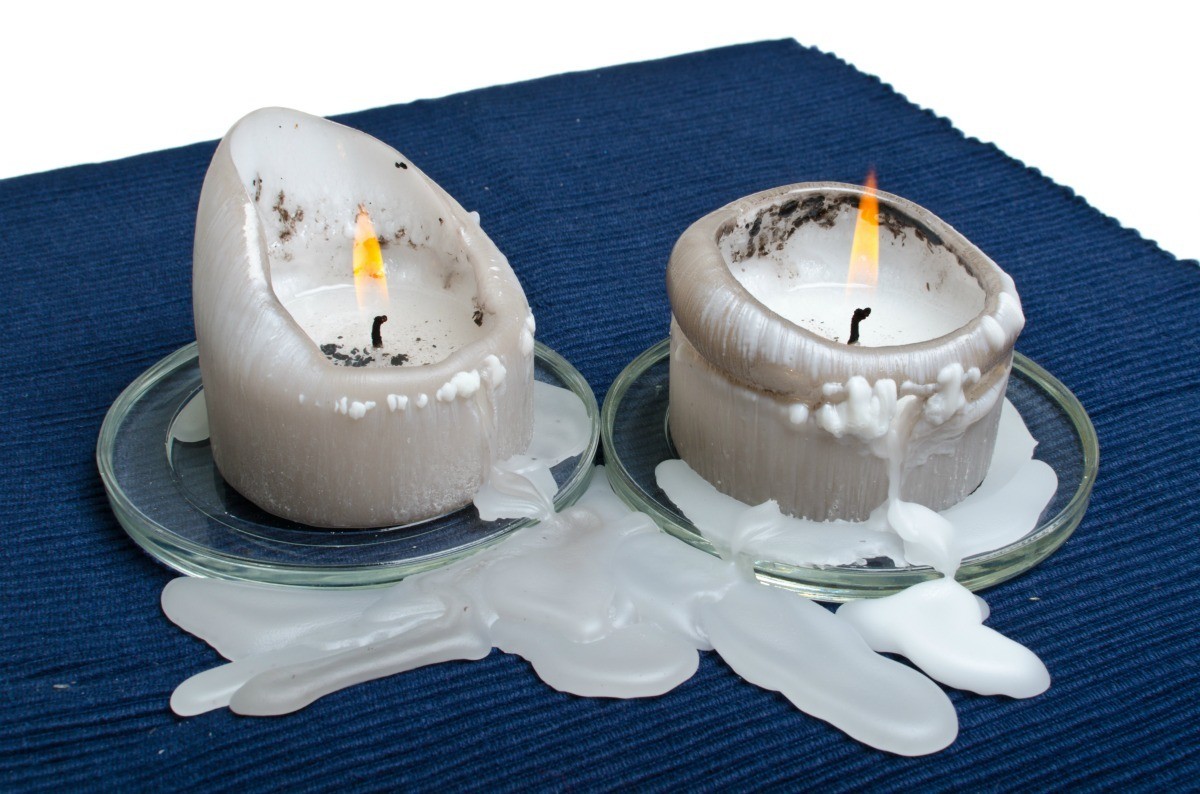

Articles
How Do Candles Run Out Of Wax
Modified: March 2, 2024
Discover how candles eventually run out of wax and explore insightful articles on this fascinating process.
(Many of the links in this article redirect to a specific reviewed product. Your purchase of these products through affiliate links helps to generate commission for Storables.com, at no extra cost. Learn more)
Introduction
Have you ever wondered how candles seemingly magically burn for hours, filling the air with a pleasant aroma and casting a warm, gentle glow? As enchanting as candles can be, they are not infinite sources of light and scent. Like all things, candles eventually run out of wax, leaving us to ponder how this phenomenon occurs.
Understanding the lifecycle of a candle and how it consumes its wax can be a fascinating journey. In this article, we will explore the anatomy of a candle, the role of wax in its functionality, factors affecting the burning rate of wax, signs indicating that a candle is running out of wax, and what occurs when a candle finally reaches the end of its wax supply. We will also share tips on properly disposing of a spent candle and offer advice on how to extend the lifespan of your candles. So, let’s delve into the captivating world of candles and uncover the secrets of their waning wax.
Key Takeaways:
- Understanding the lifecycle of a candle, from its anatomy to the signs of wax depletion, allows us to appreciate the magic and tranquility that candles bring to our homes.
- By implementing simple tips like wick trimming and proper storage, we can extend the lifespan of our candles, maximizing their burning time and reducing waste.
Read more: How To Clean Candle Wax Out Of A Carpet
Understanding the Anatomy of a Candle
Before we can unravel the mystery of how candles run out of wax, it’s essential to have a basic understanding of their anatomy. A typical candle consists of several key components that work together to create the mesmerizing glow and fragrance that we associate with these decorative objects.
The main elements of a candle include the wax, wick, and sometimes additives such as colorants or scents. The wax serves as the fuel source, the wick acts as the conduit for the flame, and any additives enhance the aesthetic or olfactory experience.
There are various types of wax used in candle making, including paraffin wax, soy wax, beeswax, and palm wax. Each type has its unique characteristics, such as melting temperature and scent throw. The choice of wax can impact factors like burn time and fragrance intensity, but ultimately, regardless of the type of wax used, the principle remains the same.
The wick, typically made of braided cotton, is the channel through which the heat and fuel travel to sustain the flame. The wick is designed to burn at a specific rate to ensure a steady and controlled release of the wax. Proper wick selection and placement are crucial in achieving an optimal burn and preventing issues like tunneling or excessive smoking.
Additives, such as colorants or scents, are often included to enhance the visual appeal and fragrance of the candle. These additives can be incorporated into the wax during the manufacturing process, providing an array of choices for candles of different colors and scents.
Understanding the different components of a candle allows us to appreciate how they work harmoniously to create the mesmerizing lighting and aroma that we enjoy. Now that we have a grasp on the basic anatomy of a candle let’s explore the role of wax in its functionality and how it eventually runs out.
The Role of Wax in a Candle
Wax plays a crucial role in the functionality of a candle. It serves as both the fuel source and the medium that sustains the flame. When a candle is lit, the heat from the flame melts the wax near the wick, creating a pool of liquid wax. This liquid wax is drawn up the wick, where it is vaporized and combusted by the flame, producing heat, light, and ambiance.
The choice of wax type can influence the burning characteristics of a candle. Paraffin wax, derived from petroleum, is the most commonly used wax due to its affordability and versatility. It has a high melting point, ensuring the candle remains solid at room temperature, and allows for a longer burn time. Soy wax, made from soybean oil, is a popular alternative as it is renewable and considered more environmentally friendly. Soy candles have a lower melting point, resulting in a softer wax and a potentially shorter burn time.
Beeswax, produced by bees, is another natural wax option. It has a unique scent and a higher melting point compared to other waxes. Beeswax candles are known for their long burn time and clean-burning properties. Palm wax, derived from palm oil, is also gaining popularity as it is a renewable resource. It has a beautiful crystalline appearance and good scent throw.
Regardless of the type of wax used, all candles eventually run out of wax. As the candle burns, the wax level decreases, and the pool of liquid wax around the wick becomes shallower. The flame continues to draw up the remaining wax, gradually consuming it until there is insufficient fuel to sustain the flame. This is when we observe the candle burning out and reaching the end of its wax supply.
So, while we relish the soothing glow and aromatic ambiance provided by candles, we must remember that it is the wax that fuelled their presence. It is this unique interaction between wax, flame, and wick that allows candles to create a captivating atmosphere.
Factors Affecting the Burning Rate of Wax
The burning rate of wax in a candle can be influenced by several factors. Understanding these factors can help us better comprehend why some candles burn faster than others and how to maximize the lifespan of our candles.
1. Wick Size and Type: The size and type of the wick directly impact the burning rate of wax. A larger wick will draw up more liquid wax, resulting in a faster burn. Likewise, a thicker wick may create a larger flame, which can accelerate the consumption of wax. Choosing the right wick size and type for a specific candle is crucial in maintaining a balanced burn.
2. Candle Diameter: The diameter of a candle also affects the rate at which it burns. A wider candle has a larger surface area, allowing for more heat to be generated and more wax to be melted. As a result, wider candles tend to burn faster than narrower ones.
3. Wax Type: The type of wax used can significantly impact the burning rate. Different waxes have varying densities, melting points, and compositions, which can influence how quickly they are consumed. Harder waxes like beeswax and palm wax typically burn slower compared to softer waxes like soy wax or paraffin wax.
4. Additives: The inclusion of additives such as colorants and scents can also affect the burning rate of wax. Some additives may alter the composition of the wax, potentially speeding up or slowing down the burn. Additionally, fragrances with higher oil content can lead to faster consumption of wax.
5. Environmental Factors: The environment in which a candle is burned can play a role in its burning rate. Factors such as airflow, temperature, and humidity can influence how efficiently the wax is consumed. For example, drafty areas or windy conditions may cause the flame to flicker, leading to uneven burning and a faster wax burn rate.
By considering these factors, we can choose candles that align with our desired burn time and take steps to optimize their lifespan. Additionally, being mindful of the burning conditions and adopting proper candle care practices can help ensure a more controlled and even burn, extending the enjoyment of our candles.
Signs That a Candle is Running Out of Wax
As candles burn, there are several signs that indicate the wax is nearing depletion. By recognizing these signs, you can anticipate when it’s time to replace or properly dispose of a candle. Here are some common signs that a candle is running out of wax:
1. Shallow Wax Pool: As a candle burns, the wax pool around the wick becomes shallower. Initially, when the candle is lit, you will notice a deep pool of liquid wax. However, as the wax is consumed, the pool size decreases, eventually becoming only a thin layer, indicating that the candle is nearing the end of its wax supply.
2. Unsteady Flame: As the wax diminishes, the wick may struggle to draw up enough fuel to sustain a steady flame. You may observe the flame flickering, sputtering, or becoming smaller in size. This uneven flame behavior is often a sign that the candle is running low on wax.
3. Exposed Wick: When a candle is close to running out of wax, the wick may become exposed above the remaining wax. Instead of being engulfed in a pool of liquid wax, the tip of the wick might be peeking out, indicating that there is little wax left to fuel the flame.
4. Decreased Scent Intensity: If your candle has a scent, you may notice that the fragrance becomes less pronounced as the wax depletes. This is because the scent molecules are primarily released when the wax is vaporized and consumed. As the wax level lowers, there is less surface area for the fragrance to disperse, resulting in a diminished scent throw.
5. Shortened Burn Time: As a candle runs out of wax, its burn time naturally decreases. You may observe that the candle burns for a significantly shorter duration compared to when it was new. This reduction in burn time is a clear indication that the wax is nearly exhausted.
It’s important to pay attention to these signs to prevent burning a candle without sufficient wax, as this can cause the flame to become unstable and potentially lead to safety hazards. It’s recommended to extinguish the candle when you notice these signs and dispose of it properly.
Understanding these signs can help you fully enjoy your candles while ensuring a safe and optimal burn experience.
To make your candles last longer, try placing them in the freezer for a few hours before lighting. This will slow down the burning process and extend the life of the wax.
Read more: What To Do With Old Wax Candles
What Happens When a Candle Runs Out of Wax
When a candle runs out of wax, it signifies the end of its lifespan. At this point, several changes occur that mark the transition from a burning candle to extinguished remnants. Understanding what happens when a candle runs out of wax can help you properly handle the spent candle and ensure safety. Here’s a look at what occurs:
1. Wick Extinguishes: As the candle consumes its last traces of wax, the flame will gradually decrease in size until it eventually extinguishes. The lack of fuel (wax) prevents the flame from sustaining itself and it naturally dies out.
2. Remaining Wax Solidifies: Once the flame is extinguished, the remaining liquid wax in the candle cools and solidifies. This creates a solid wax residue at the bottom of the candle container or around the wick, depending on the candle’s design.
3. Candle Container or Holder: If the candle is housed in a container or holder, you will be left with a container filled with solidified wax. At this stage, the container may still retain some residual fragrance, but the wax is no longer in a liquid state and cannot be easily relit.
4. Reusable Candle Holders: Some candles are designed to burn inside reusable candle holders or jars. When the wax is depleted, you can clean out the residue and reuse the container for other purposes, such as storing small items or creating a new candle by adding fresh wax and a new wick.
5. Wick Trimming: After a candle has run out of wax and fully cooled, it’s a good practice to trim the remaining wick. Trimming the wick helps remove any carbon buildup, ensuring a clean and efficient burn for future use or if you choose to repurpose the candle container.
When a candle runs out of wax, its purpose is fulfilled, and it’s time to consider proper disposal or repurposing options. Be cautious when handling the residual wax, as it may still retain heat or be brittle. It’s best to allow the wax to fully cool and solidify before attempting to remove it from the container.
By understanding what happens when a candle has run out of wax, you can safely manage the end of its lifespan and explore creative ways to repurpose the candle container or prepare for proper disposal.
How to Properly Dispose of a Candle with No Wax Left
When a candle has fully burned and there is no wax left, it’s important to follow proper disposal practices to ensure safety and minimize environmental impact. Here are some steps you can take to properly dispose of a candle with no wax left:
1. Allow the Candle to Cool Completely: Before handling the candle, ensure it has cooled down completely. This will prevent any accidental burns or injuries during the disposal process.
2. Remove the Remaining Wick: After the candle has cooled, remove the remaining wick from the holder or container. You can use scissors or tweezers to safely extract the wick. Dispose of the wick in a trash bin.
3. Clean the Container: If the candle was housed in a reusable container or jar, clean the container to prepare it for reuse or recycling. Use warm, soapy water to remove any wax residue or soot. Be careful not to damage the container during the cleaning process.
4. Recycle or Reuse the Container: If the candle container is made from glass, metal, or other recyclable materials, check with your local recycling guidelines to determine if it can be recycled. If the container is in good condition, consider repurposing it for storage, holding small items, or creating a new candle by adding fresh wax and a new wick.
5. Dispose of Non-Recyclable Materials: If the candle container is not recyclable or if it’s made from materials that cannot be recycled, such as plastic, dispose of it in the appropriate waste bin. Check with your local waste management regulations to ensure proper disposal methods.
6. Consider Donation or Upcycling: If the candle container is in good condition and you no longer have use for it, consider donating it to a local craft store, charity, or community center that may be able to repurpose it. You can also explore creative ways to upcycle the container into a new decorative or functional item.
Remember to always prioritize safety when handling candles, especially during the disposal process. Do not attempt to dispose of candles by burning the remaining wax or throwing them in regular household waste bins.
By following these steps, you can ensure proper disposal of a candle with no wax left, minimizing waste and contributing to a cleaner environment.
Tips to Extend the Lifespan of Your Candles
Candles can create a warm and inviting atmosphere in your home, and it’s always nice to make them last as long as possible. By following these simple tips, you can extend the lifespan of your candles and maximize their burning time:
1. Trim the Wick: Before lighting a candle, trim the wick to about ¼ inch (0.6 cm) in length. This helps to create a controlled flame and prevents excessive flickering, soot, and uneven burning. Trimming the wick also reduces the risk of mushrooming, where the wick expands and releases carbon buildup into the wax.
2. Avoid Drafty Areas: When lighting a candle, ensure that it is placed in an area free from drafts. Airflow from fans, open windows, or high-traffic areas can cause the flame to flicker and burn unevenly. Uneven burning can lead to wasted wax and a shorter overall burn time for the candle.
3. Allow for a Full Wax Pool: When you first light a candle, allow it to burn long enough for the entire top layer of wax to melt and create a full pool of liquid wax. This helps to ensure an even burn and prevents tunneling, a phenomenon where the wax burns only in the center, leaving wasted wax along the sides.
4. Use Candle Snuffers: Instead of blowing out the flame, use a candle snuffer to extinguish the candle. Blowing on the flame can cause molten wax to splatter, potentially damaging nearby surfaces or causing burns. A snuffer helps to gently extinguish the flame without creating a mess.
5. Avoid Overextending Burn Time: It’s important not to burn candles for an extended period of time. A candle should be extinguished after about 3-4 hours of continuous burning to prevent excessive heat buildup, potential overheating of the container, or a depleted wax pool.
6. Store Candles Properly: When not in use, store your candles in a cool and dry place away from direct sunlight. Exposure to heat and sunlight can cause the wax to melt or soften, shortening the lifespan of the candle.
7. Consider Candle Warmers: If you enjoy the ambiance of a flickering flame but want to extend the lifespan of your candle, consider using a candle warmer. These devices gently heat the wax, releasing the fragrance without actually burning the candle. This way, you can enjoy the scent for a longer period of time without consuming the wax.
By implementing these simple tips, you can prolong the life of your candles and get the most out of each burn. Not only will you enjoy their warm glow and comforting scents for longer, but you’ll also reduce waste by maximizing their burning time.
Conclusion
Candles hold a special place in our hearts and homes, adding warmth, ambiance, and delightful scents to any space. Understanding the lifecycle of a candle and how it runs out of wax allows us to appreciate the magic that these humble objects possess.
From the anatomy of a candle, with its wax, wick, and additives, to the factors that affect the burning rate of wax, we’ve explored the intricacies of how candles work. We’ve also learned to recognize the signs that indicate a candle is running out of wax, such as a shallow wax pool, unsteady flame, exposed wick, decreased scent intensity, and shortened burn time.
When a candle finally runs out of wax, we witness the extinguishing of the flame, the solidification of the remaining wax, and the opportunity to properly dispose of or repurpose the spent candle. By following proper disposal practices, cleaning candle containers for reuse or recycling, and exploring creative ways to upcycle, we can minimize waste and contribute to a more sustainable environment.
To extend the lifespan of our candles, we can implement simple tips such as trimming the wick, avoiding drafty areas, allowing for a full wax pool, using candle snuffers, and storing candles properly. These practices not only enhance the candle’s burning time but also ensure a safer and more enjoyable experience.
In conclusion, candles bring a touch of magic and tranquility to our lives, and understanding how they run out of wax adds to the enchantment. By embracing these insights and implementing proper care, we can fully embrace the beauty and longevity of our candles, igniting a sense of comfort and joy in our homes for as long as possible.
Frequently Asked Questions about How Do Candles Run Out Of Wax
Was this page helpful?
At Storables.com, we guarantee accurate and reliable information. Our content, validated by Expert Board Contributors, is crafted following stringent Editorial Policies. We're committed to providing you with well-researched, expert-backed insights for all your informational needs.

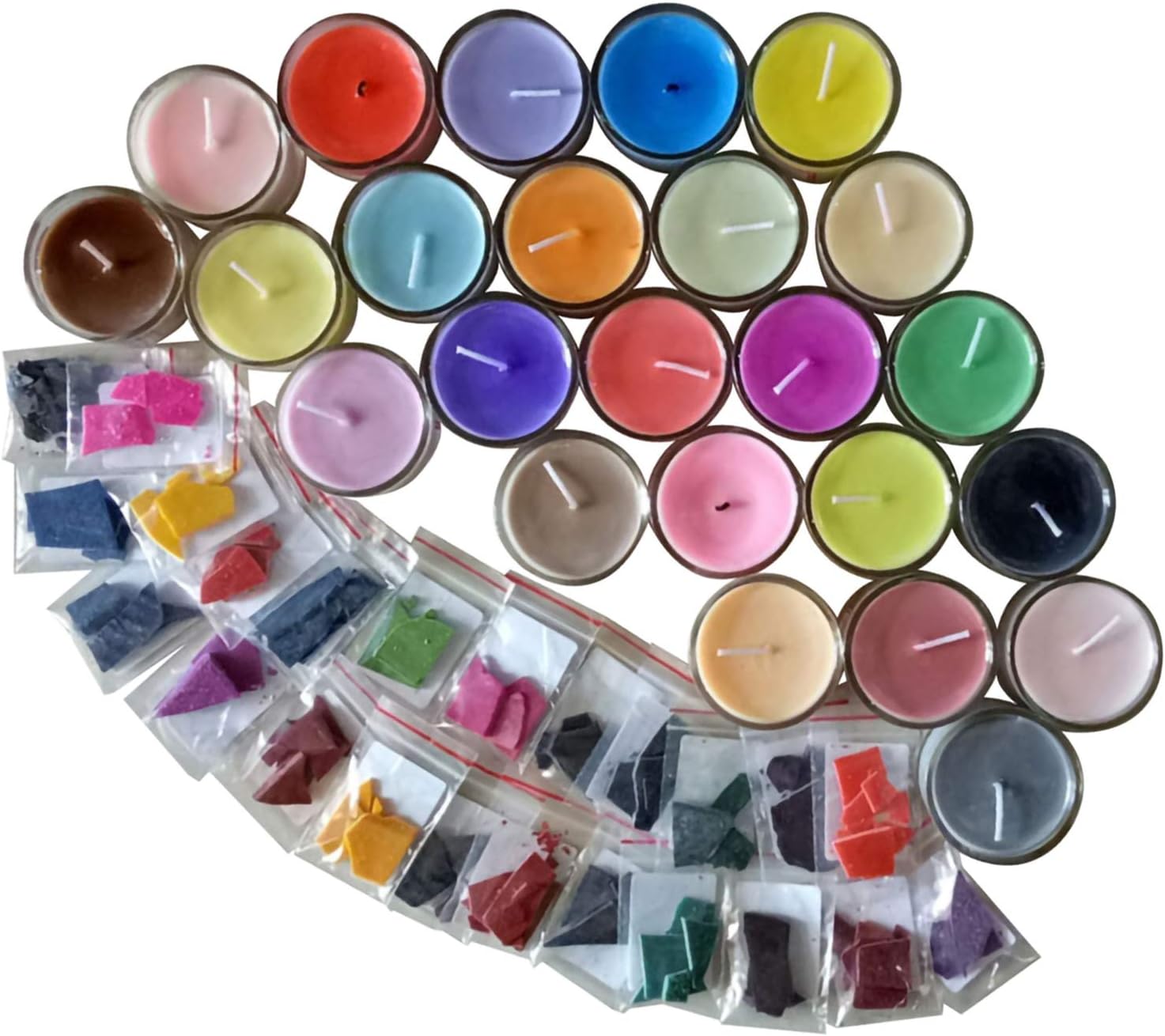

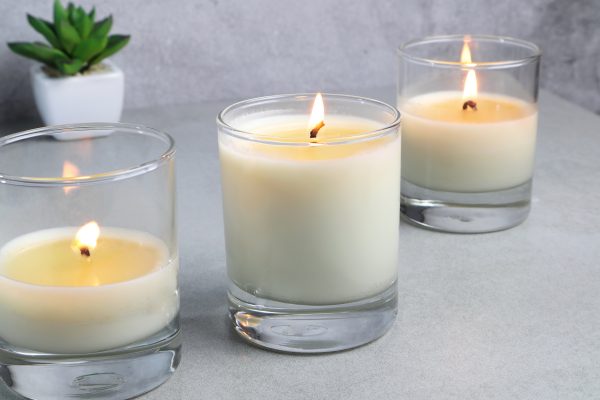

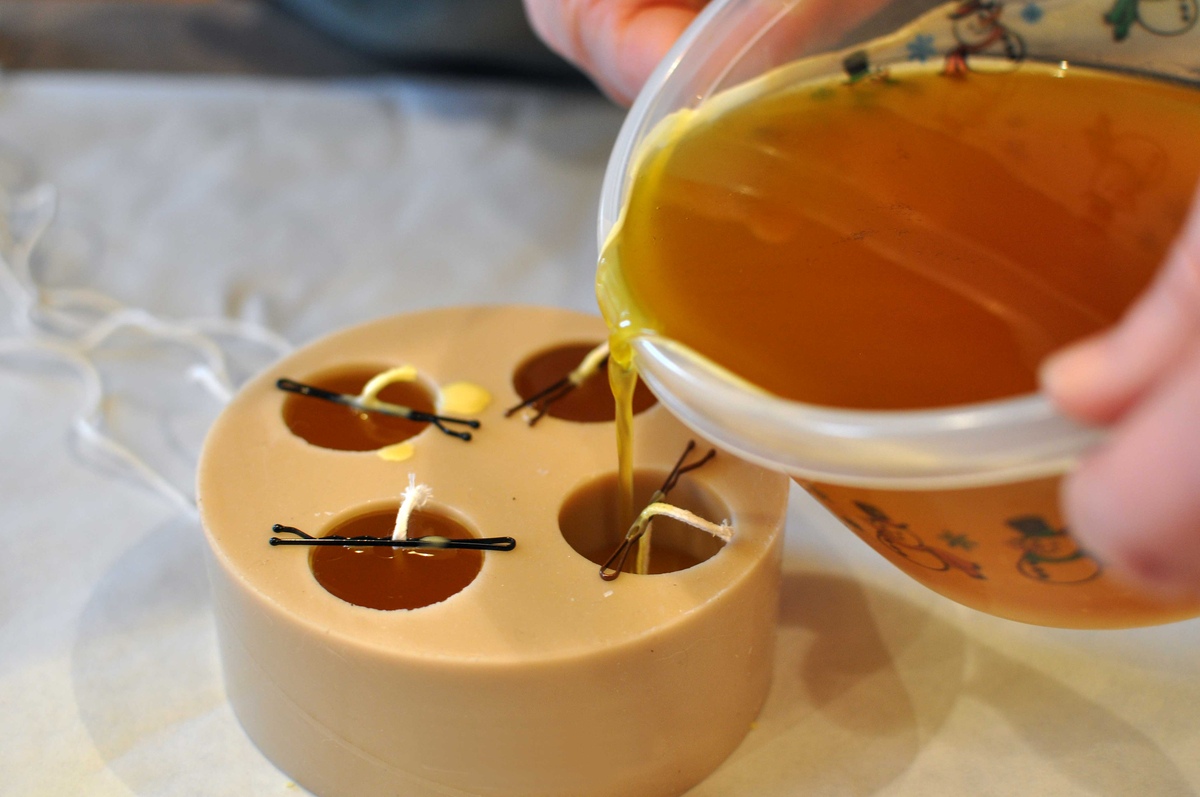

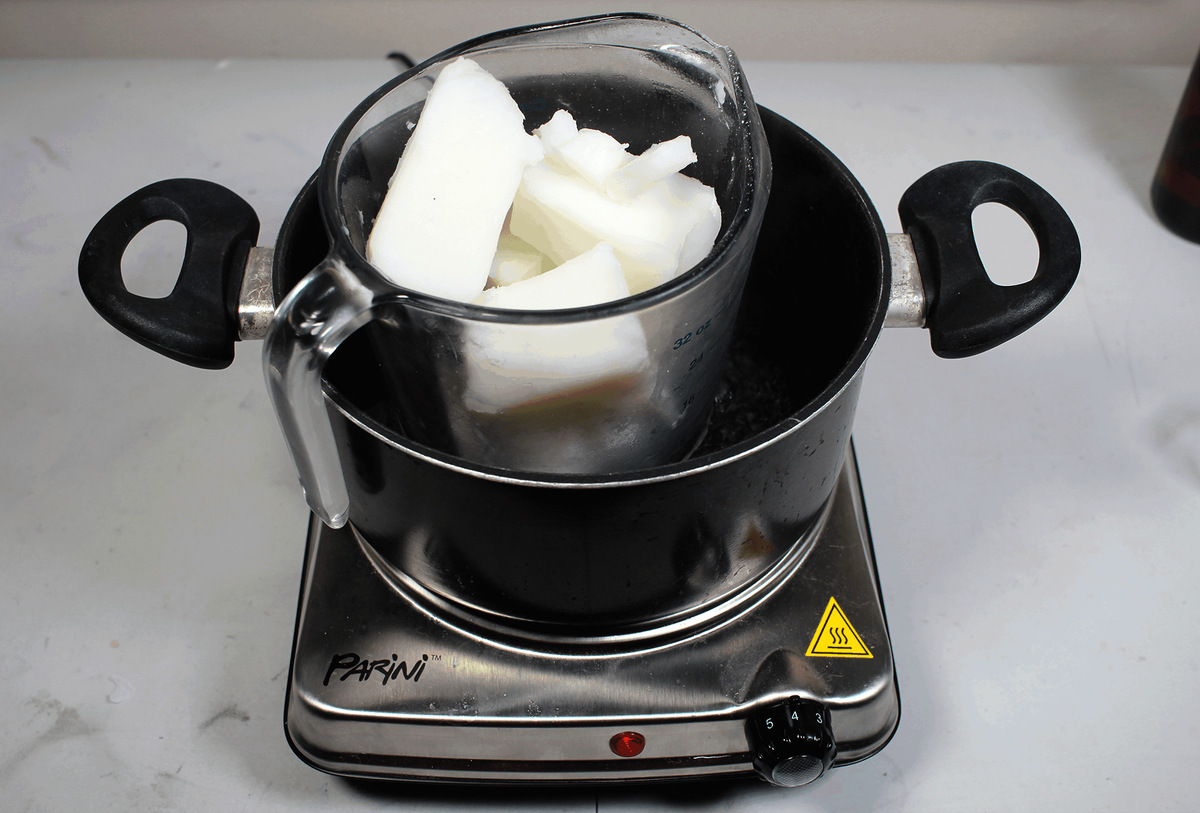
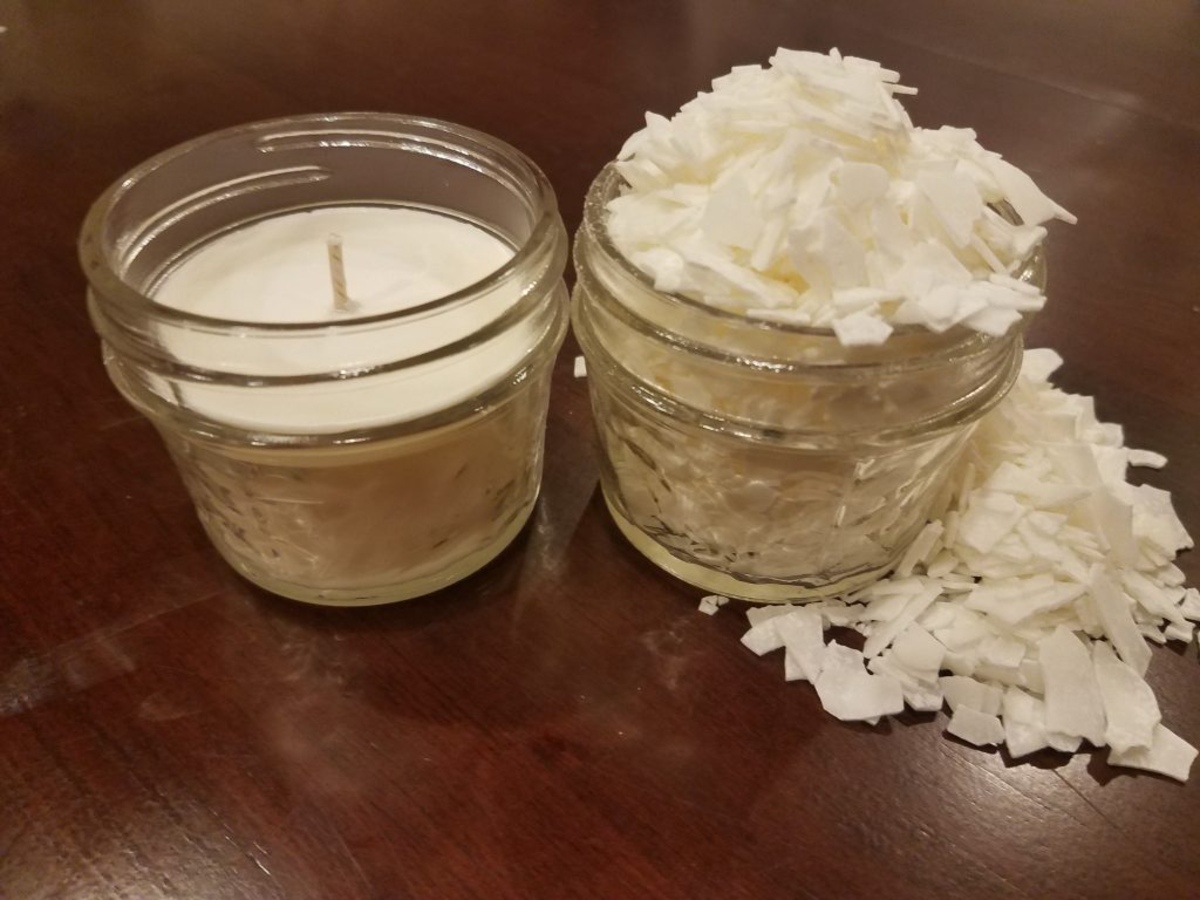
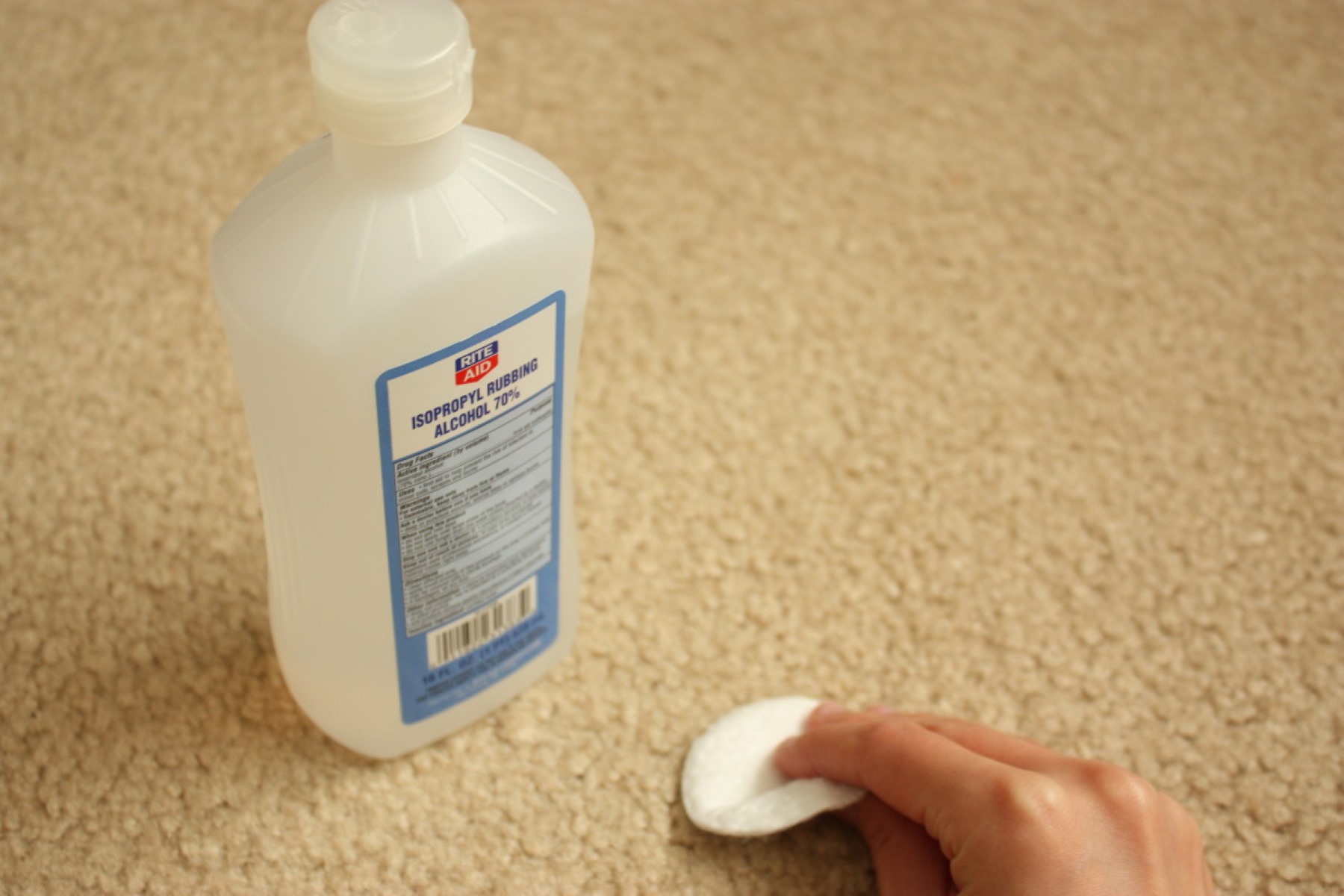

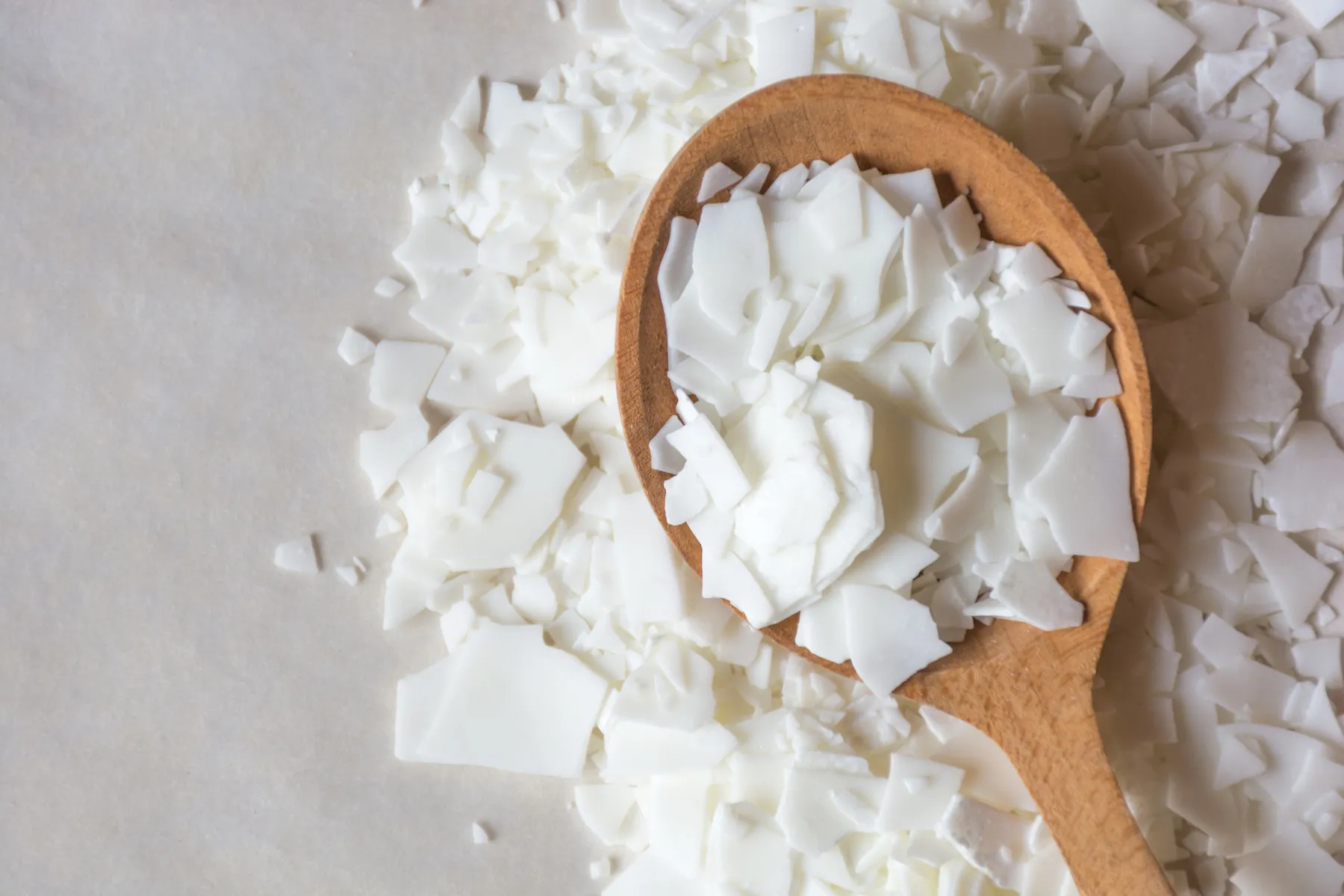

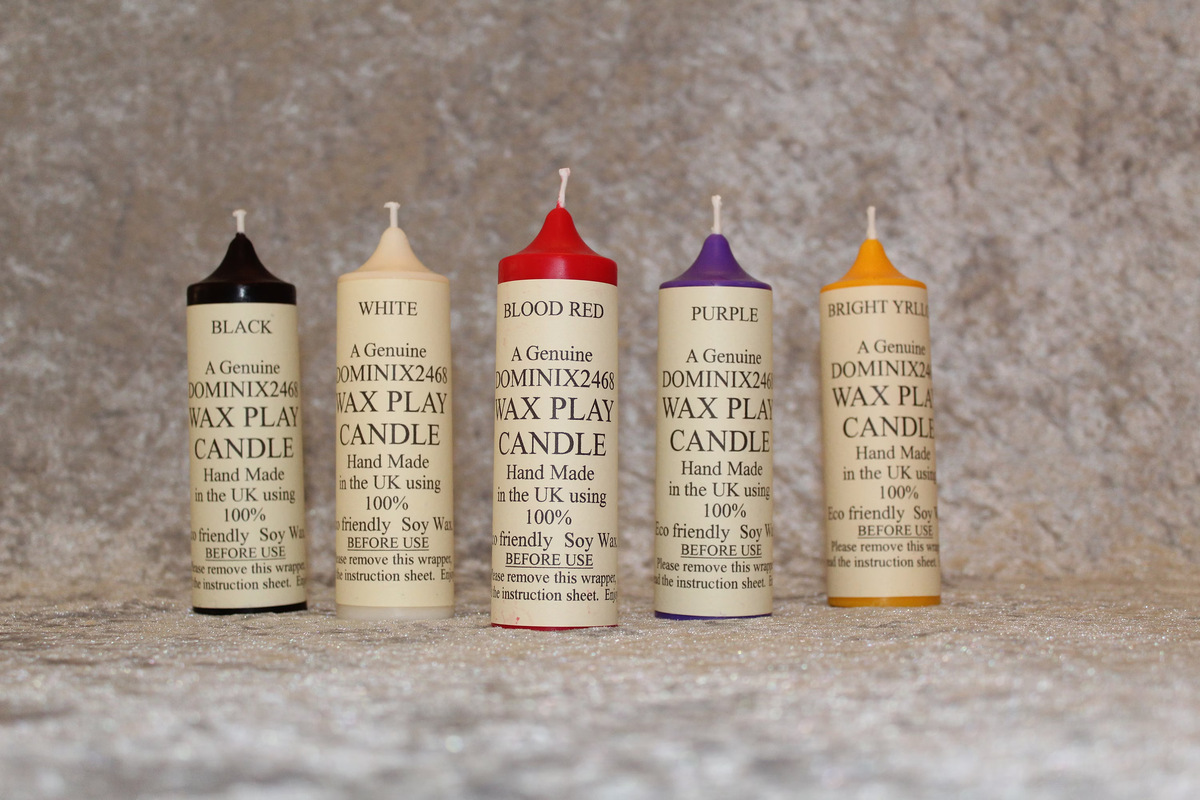

0 thoughts on “How Do Candles Run Out Of Wax”